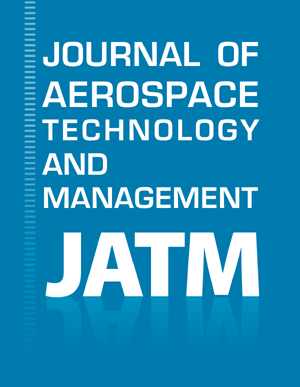ABSTRACT
Civil aviation is experiencing consistent long-term growth, encouraging the formation of airport conglomerates offering multiple connections (hubs). These hubs have the power to promote development, but also to synchronously influence the structure of the cities that host them. However, there is little research on the long-term evolution of these hubs related to socioeconomic development and to city-airfield interaction. This study aims to identify the characteristics of the respective cities that most impact the transformation of airports into connection centers or international hubs, and to describe the initiatives and conditions that can generate sustainability in the city-airport relationship. A comparative, nonsequential multicase study is used, and a scenario for the evolution of world air transport is built from secondary sources. The results show that cities that have included the aeronautics value chain in their planning evolve faster and bring more benefits to the consolidation and growth of their aeronautical structures, as well as to the development of the cities themselves. The integration of urban planning to the planning of the local aeronautical chain could help airports such as the Fortaleza Airport, in Ceará, Brazil to sustainably evolve into an international hub.
Keywords
Aerial connections; Regional development; Urban planning; Airport planning; Aeronautical value chain
